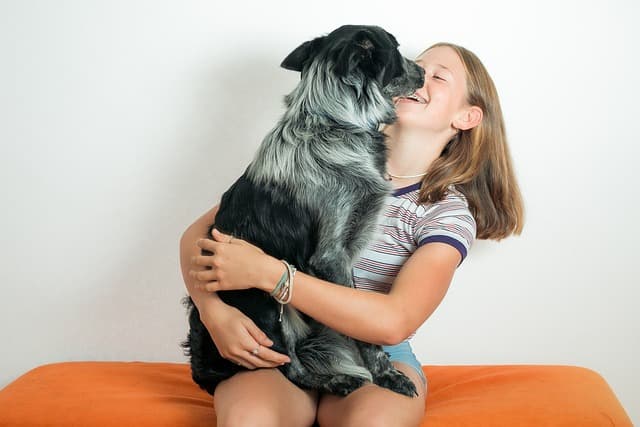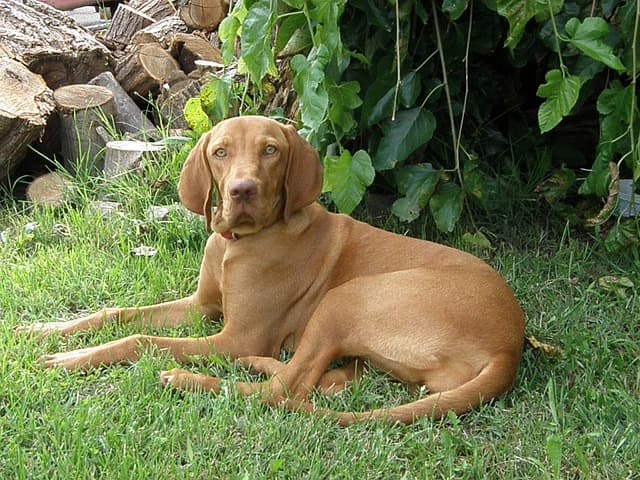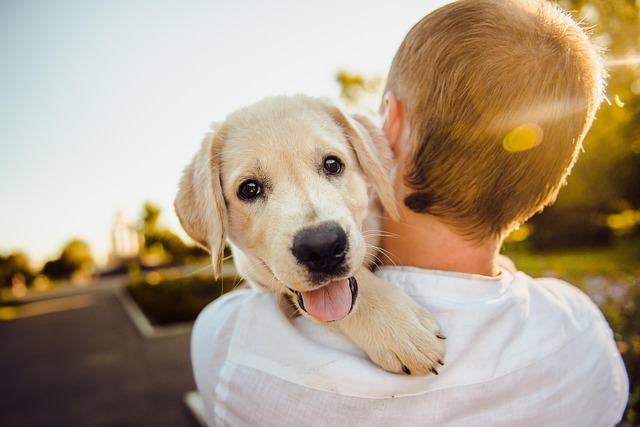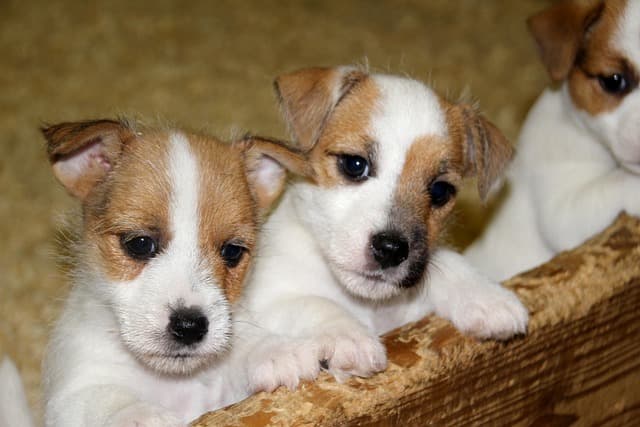The answer to the question “How do I fight tangles?” is quite prosaic: get special scissors and a comb. However, it is possible to simply prevent the formation of hairballs.
Collars appear most often in dogs of long-haired and hard-haired breeds. Their coats need careful grooming – regular washing, brushing, clipping or plucking (trimming) of dead hair.
Tangles form when the dead hair piles up and becomes entangled with normal hair. This is why tangles are especially common during the shedding season. The uncombed dead undercoat and pin hair gets stuck in the live hair and forms a small tangle. Then more and more wool is packed into it and it eventually turns into a piece of felt.
The first condition for combating collapses is to wash your dog on a regular basis.
The most common places for tangles to form are in the armpits, groin, belly, behind the ears and on the chest. The hair is usually thinner in these areas, so it will pile up faster.
If the dog’s coat is dirty, tangles appear very quickly. Dust sits on the protective fatty layer of the coat, making it sticky and dense. Not only the dead hair but also the living hair gets tangled in such a coat.
That is why the first condition for combating tangles is to wash your dog regularly. Bathing washes away not only the dirt, but also partially releases the dead hair. It is better to bathe the dog with a special conditioner, it makes the hair smoother and more elastic – so it is easier to comb it out.
After washing, the dog should be dried and combed gently. The combing can be done with a special detangling liquid so as not to cause him any discomfort.
It is almost impossible to comb out the remaining “felted” tangles. Therefore, it is better to remove them with a special tool – a collar cutter, or carefully cut them out with scissors or a machine.
After removing all of the pits, the dog should be combed once more and treated with a coat care spray. This spray protects the dog’s coat from quick soiling and makes combing easier.
But the most effective way of avoiding hairballs is regular washing and brushing. For long-haired and hard-haired breeds, regular clipping and trimming.
If you have a dog of a long-haired breed that doesn’t have a haircut, but you don’t participate in shows, it’s better to trim such a pet regularly too. A well-groomed, trimmed dog is always a pleasure for the owner, even if it is not required to have a haircut according to the standard.



